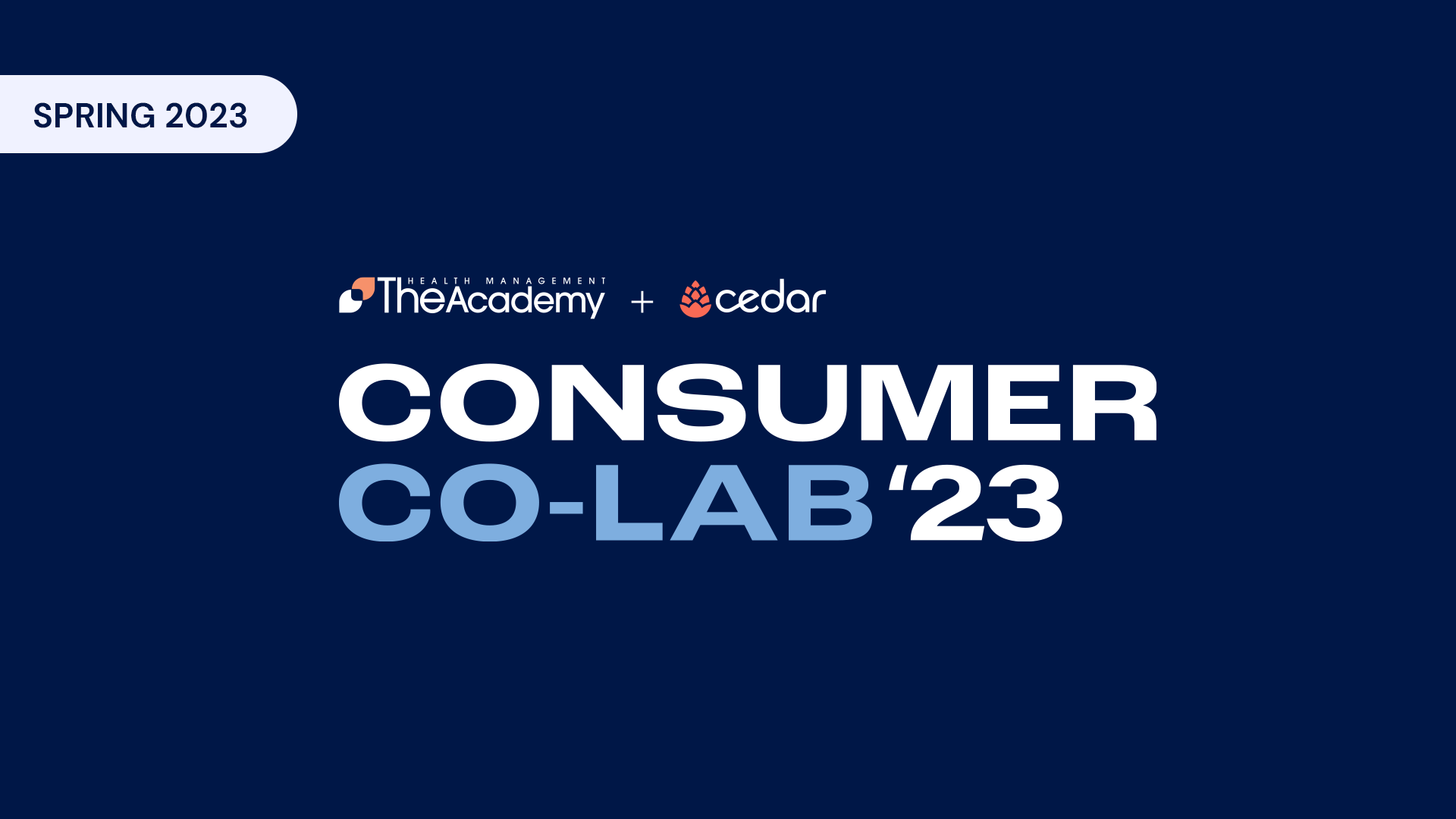One of the effects of COVID-19 has been the rapid acceleration of digital health adoption—and as a result of this shift, healthcare organizations must ensure their IT strategy aligns with both our new digital-first world and revenue goals.
On May 12, Cedar invited two inspiring leaders in healthcare IT to offer their perspectives: Elizabeth Pearlman, Vice President & Associate CIO at Hospital for Special Surgery, and Lisa Stump, Senior Vice President & Chief Information Officer at Yale New Haven Health System. They joined Katie Jaxheimer Agarwal, VP, Client Implementations at Cedar, for a lively conversation on how providers can keep pace with the rapid acceleration of digital health adoption.
Selected panel highlights are below. To watch the full event, click here.
Leading with flexibility and vision
As the panel began, Jaxheimer Agarwal asked both panelists to reflect on their approaches to management. “I think of myself as an adaptive leader, in the sense that it is really about the situation I’m in right now, and who I’m interacting with,” said Pearlman. “It’s about observing and listening and facilitating and anticipating what’s going to happen.”
Stump expressed a similar take: “To me it’s driven a lot by the needs of the day,” she said. “Generally speaking, I like to lead change, take very seriously the importance of setting a vision that inspires others, and then clear the barriers for everyone to achieve that vision.”
How do these leaders mentor and support their teams? To find out, click here and navigate to 8:04.
Digital transformation: Staying nimble during COVID-19 and beyond
Next, Jaxheimer Agarwal noted that both women had managed their teams during an extraordinary and unprecedented crisis. She asked about the technologies they’d had to implement out of necessity—which ones were temporary, and which are here to stay?
For Pearlman, the pandemic shift was dramatic; HSS is a specialty hospital where they primarily do orthopedic surgery in-house. Operating rooms became care units, and her teams had to ramp up certain technologies very quickly. “I’m trying to keep that culture, because it allows us to try things and deploy so much faster.” she said.
Stump noted that she’d been one of the lone voices advocating for telehealth for years, and during COVID-19 they had the right building blocks in place, and were ready to scale that dramatically. She added: “The other thing that the pandemic really exemplified was the importance of data […] The ability to analyze the data, create meaningful dashboards and push them out immediately is something that I think is here to stay.”
Which aspects of digital transformation are with us for the long-term, in addition to automating pre-visit intake? To find out, click here and navigate to 23:04.
Thinking like Netflix: A patient experience that’s more personalized and transparent
Citing Cedar’s 2020 Healthcare Consumer Experience study, Jaxheimer Agarwal noted that 68% of patients said it was important to customize their experience with their healthcare provider.
Pearlman said that personalization has improved greatly around patient communications, but there’s much more work to be done. “With Netflix, they can anticipate what you’re going to watch,” she said. “Well, it’s not so easy in healthcare, getting to the personalization that’s really patient-driven.”
Stump said, “To me, the personalization of care is about meeting people where they are on that journey, and helping them manage their health in a way that’s meaningful for them.”
As for transparency, Jaxheimer Agarwal noted that healthcare is one of the few areas where you have a very large purchase, and really no insight into what it will end up costing you.
Stump agreed: “I’m very fortunate that my colleagues who manage the revenue cycle have taken very seriously what we call the patient financial experience […] people need to understand what their care will cost, what that cost includes, and then we need to give them options that meet their needs to help them meet their financial obligation […] So supporting them digitally, and with a caring team that understands their financial circumstances, has been our approach.”
Pearlman is also committed to transparency: “People just want to know, ‘What’s my insurance going to pay? What am I going to pay?’ They should know that. Nobody should ever go in for a service and not know what it’s going to cost them […] We need to do better as an industry.”
Why does transparency matter so much, anyway? Click here and navigate to 42:31.

Closing thoughts: Reimagining a better healthcare system
As the panel wrapped up, Jaxheimer Agarwal asked the panelists to share their “wish list” for the future of healthcare.
“That we continue to leverage technology, and the digital transformation, to bring the best health to every person,” said Stump. “It’s a big goal. But I think we have the potential to do that.”
Pearlman mentioned interoperability, and the notion that “I as a person have care across a bunch of different places, and I want people to be able to see me in all of my care,” she said. “When I think about people being able to make more choices, and driving their own care, it’s a trifecta of winning: the patient is happier, there are better clinical outcomes, and of course that drives revenue as well. It’s a win all-around. We can make great strides with digital solutions, one step at a time.”
Watch the full conversation to hear the panelists share their insights on AI , the value of patient-driven care, how telehealth increases both patient and provider satisfaction and why Disney World has something to teach us about personalized experience.
If you’d like to be notified of future Cedar events, click here to join the mailing list.



